In North America, the word “reindeer” refers to one deer species used as livestock by humans (and Santa Claus). The word “caribou” is used for a kind of wild Arctic and subarctic deer. However, the two are actually the same species, Rangifer tarandus.
Those who live outside the natural range of reindeer may think of them only at Christmastime. In other cultures, however, reindeer are a way of life. Here are some little-known, odd, and even disgusting facts about reindeer.
Domestic And Wild Differences
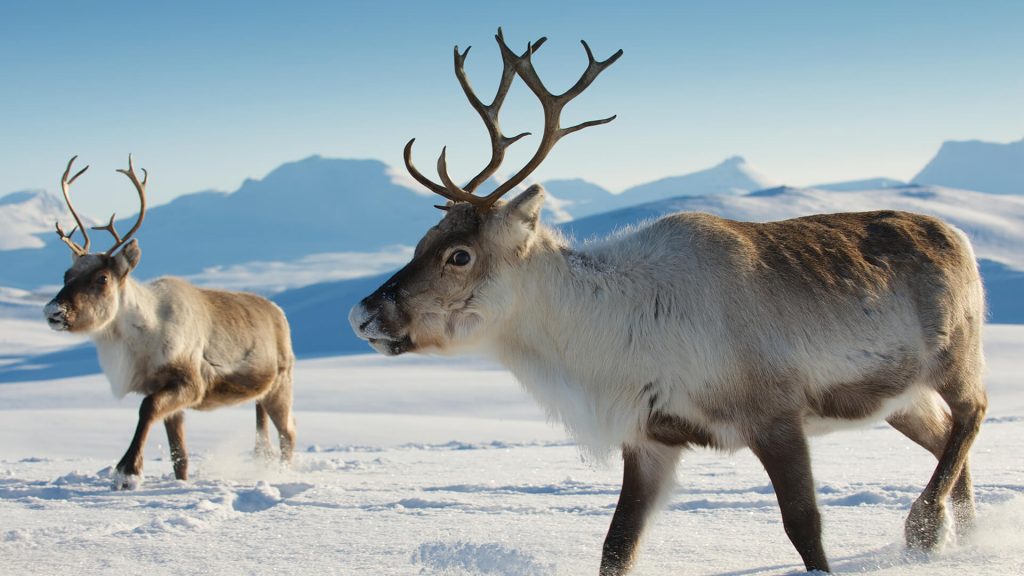
http://animals.sandiegozoo.org
There are different estimates on when reindeer were domesticated. In Eurasia, they are believed to have been tamed about 7,000 years ago. Despite this long process, reindeer are described as only semidomesticated. There are some differences between the bodies of semidomestic and wild reindeer. The semidomestic animals are slightly smaller and have shorter snouts. They are also more colorful. In the wild, different reindeer populations have different colors, but color is more variable among members of a domestic herd.
Domestic and wild reindeer differ in behavior, too. When compared to the wild populations, domestic reindeer mate and give birth a month earlier, are less ambitious when migrating, and have less endurance when doing so. Most obviously, domestic reindeer are tamer than their wild counterparts, are more tolerant of humans, and are easily trained.
Hot And Cold In The Arctic
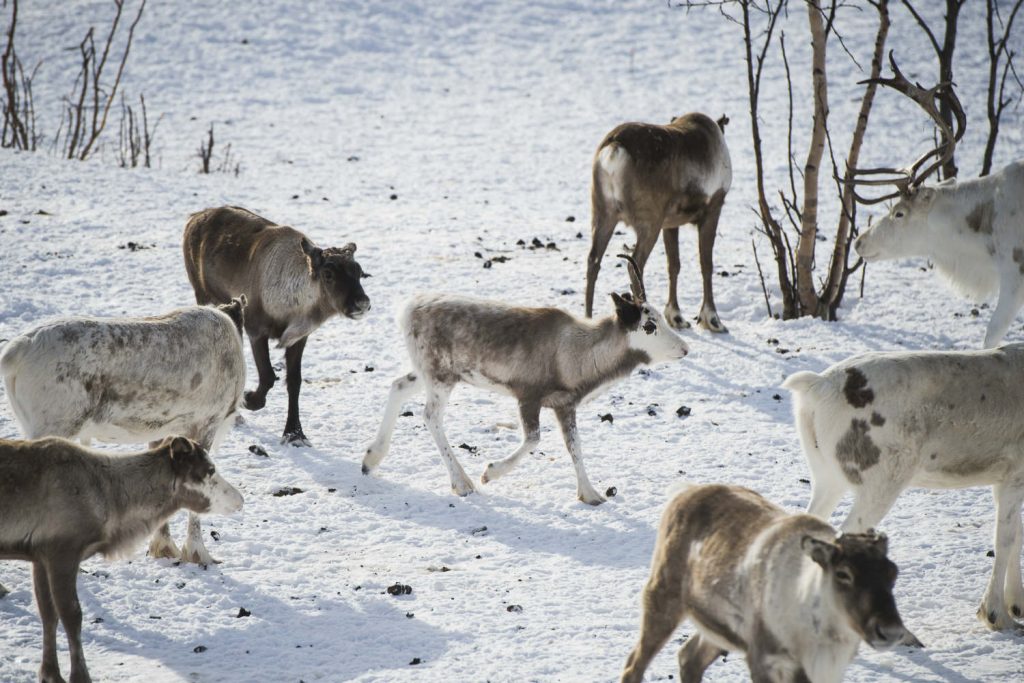
A reindeer’s fairly long legs help it migrate and flee predators. However, the length of these legs may make them prone to heat loss. This risk is counteracted by a specialized arrangement of blood vessels. Warm blood flowing into the legs passes closely by cold blood returning from the legs. Some heat exchange happens between the two, and the warm blood is cooled. Overall, very little heat is lost from the legs.
Flies In Reindeer Noses
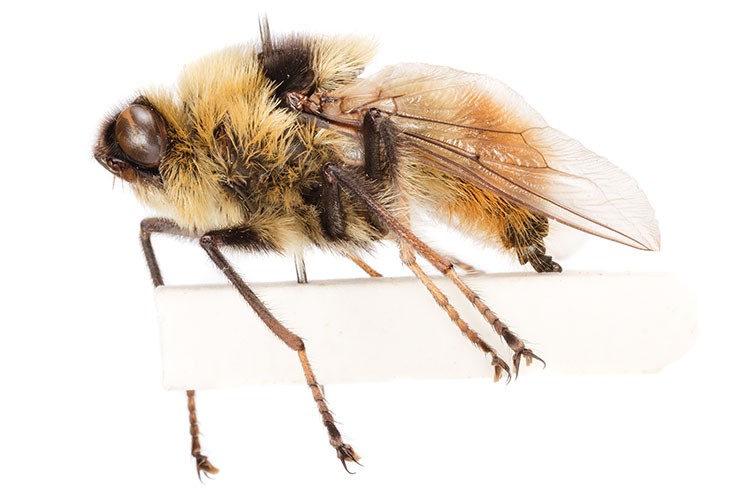
In July and August, reindeer may violently shake their heads, stamp their feet, and race over the tundra for no obvious reason. This is to avoid parasitic flies, including the bot fly Cephenemyia trompe. Unlike most flies, the fluffy, beelike C. trompe does not lay eggs. Instead, it squirts tiny maggots right into reindeer noses. These larvae develop in the reindeer’s nasal passages for a bit before burrowing deeper into the sinuses and throat. In extreme cases, the reindeer will suffocate. Once fully grown, the larvae crawl back into the nasal passages, where they are sneezed or coughed out by the reindeer.
Antlers
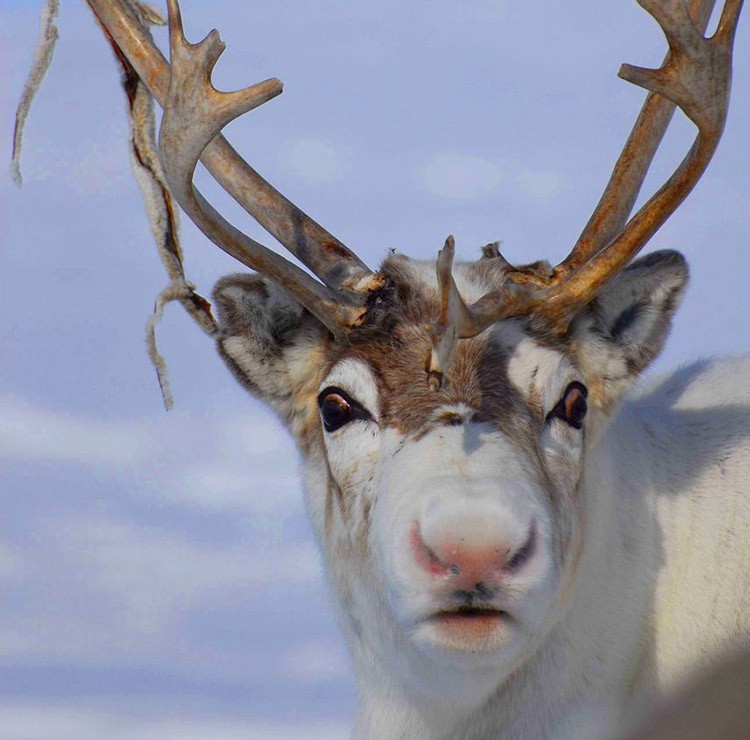

To have antlers in December, Santa’s reindeer must be one of three things: female, castrated, or immature. This is because mature, intact male reindeer shed their antlers in autumn. The other kinds of reindeer keep their antlers into winter. Reindeer are the only deer where the females have antlers. Female reindeer have antlers to fight something else: their own kind. During the winter, food is scarce. Reindeer must dig pits in the snow to uncover lichen, their main winter food. Reindeer defend these pits from others who might steal the food.
Birth Control Shots For Male Reindeer
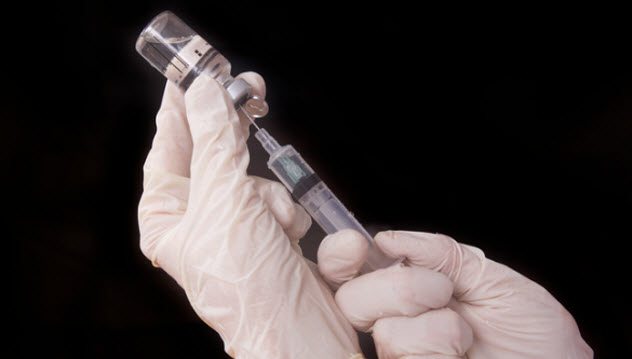
The behavior of male reindeer, or bulls, greatly changes during the rut (the mating season). During this time, they are aggressive, destructive, and dangerous both to handlers and other reindeer. Reindeer producers have been using Depo-Provera, a birth control drug, to counteract the behavioral changes of the rut. Reindeer on Depo-Provera still mate, but they are usually less aggressive.
Typically, male reindeer live for 7–8 years, while female reindeer live 14–18 years. This is thought to be due to the extreme levels of hormones in the bulls’ bodies during mating season. Eventually, the bull will go into rut and die of a heart attack. Bulls that receive Depo-Provera have been known to live to age 12.
Reindeer Noises

Reindeer are unique among deer in having an air sac near the windpipe for the purpose of making calls. This air sac is inflated when male reindeer make their guttural, rattling calls to attract female reindeer and repel rivals. In males, it keeps growing until the reindeer is six years old, leading to a big difference between the two. In males, the air sac is asymmetrical, extending either to the left or right of the underside of the neck. During the rut, males also grow a beard-like neck mane at roughly the same place as the air sac. While the animal is calling, this mane is spread out, making a visual signal.
Eating Lichen
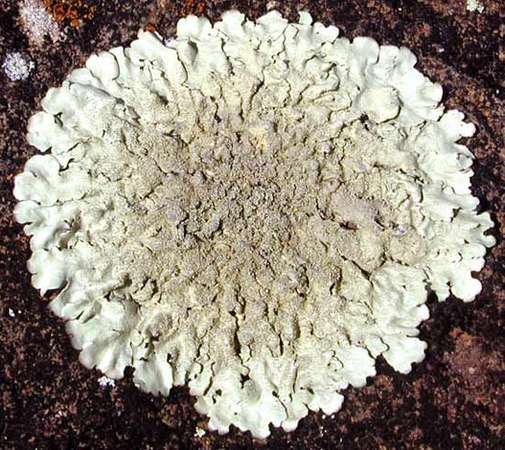
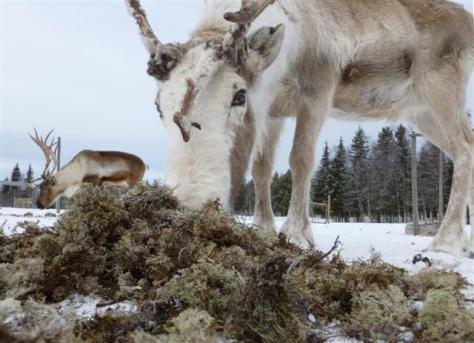
https://sciencetechnologyandhealth.wordpress.com/
Depending on the lichen species, reindeer can digest 40–90 percent of the organic matter in lichens. This is much better than sheep and cows, which can only digest a much smaller percentage. Although lichen is high in carbohydrates, it is very low in protein and minerals. Without a nitrogen supplement, reindeer in captivity lose weight on a lichen-based diet.
A Diet Of Droppings

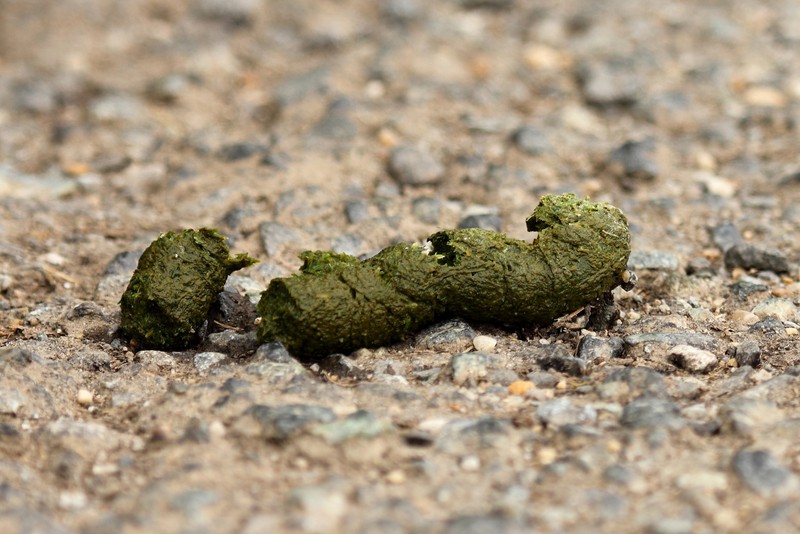
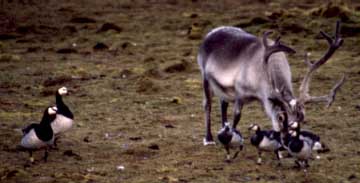
During the winter, its reindeer meet daily energy needs by feeding off a sparse covering of low-quality plants such as mosses. The reindeer have adapted to this harsh habitat of low-quality food in a very strange way—by eating goose droppings. Reindeer are choosy. According to one study, they preferred goose droppings that contained grass pieces to those with moss pieces. Several times, the researchers saw reindeer chasing geese away to eat the piles of droppings. Study made a rough estimate that 6–8 reindeer could live on goose droppings during the two months the geese were around. Therefore, goose droppings could be a significant source of extra food for a few reindeer.
Reindeer Are Fond Of Their Own Urine
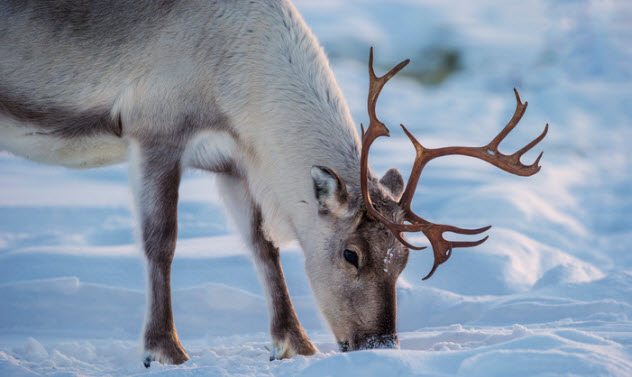
A reindeer’s fondness for urine is not limited to that of humans. During the rut, the urine on a male’s hind legs acts as a scent signpost to others of his kind. This is thought to happen because the male is the center of his moving territory. Associated with dominance and aggression, this behavior usually ends a series of aggressive actions. A male reindeer digs in the soil, urinates there, and then rubs his nose in it for at least 10 minutes. Female reindeer may also rub their noses in these patches of urine.
Related Content